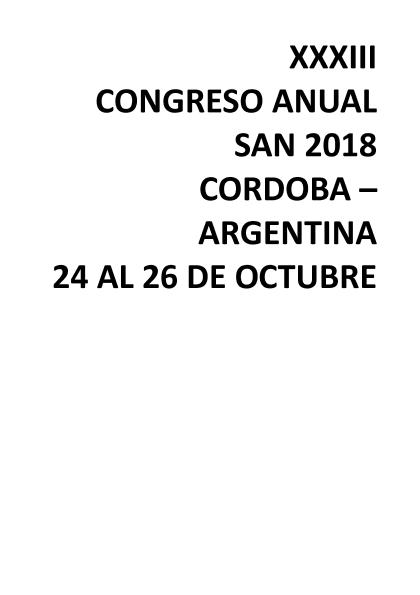Evento
Ceramide induces the death of retina photoreceptors through activation of parthanatos
Prado Spalm, Facundo Heber ; Vera, Marcela Sonia
; Vera, Marcela Sonia ; Dibo, Marcos Javier
; Dibo, Marcos Javier ; Simon, Maria Victoria
; Simon, Maria Victoria ; Politi, Luis Enrique
; Politi, Luis Enrique ; Rotstein, Nora Patricia
; Rotstein, Nora Patricia
 ; Vera, Marcela Sonia
; Vera, Marcela Sonia ; Dibo, Marcos Javier
; Dibo, Marcos Javier ; Simon, Maria Victoria
; Simon, Maria Victoria ; Politi, Luis Enrique
; Politi, Luis Enrique ; Rotstein, Nora Patricia
; Rotstein, Nora Patricia
Tipo del evento:
Congreso
Nombre del evento:
XXXIII Annual Congress of the Argentine Society of Neuroscience Research
Fecha del evento:
24/10/2018
Institución Organizadora:
Sociedad Argenina de Investigacion en Neurociencias;
Título de la revista:
XXXIII Annual Congress of the Argentine Society of Neuroscience Research
Editorial:
Sociedad Argenina de Investigacion en Neurociencias
Idioma:
Inglés
Clasificación temática:
Resumen
Ceramide (Cer) has been proposed as a messenger in photoreceptor cell death in the retina. Here we explored the pathways induced by C2-acetylsphingosine (C2-Cer), a cell permeable Cer, to elicit photoreceptor death. Treating pure retina neuronal cultures with 10 µM C2-Cer for 6 h selectively induced photoreceptor death, decreasing mitochondrial membrane potential and increasing the formation of reactive oxygen species. Noteworthy, the amount of TUNEL-labeled cells and photoreceptors expressing cleaved-caspase 3 remained constant and pretreatment with a pan caspase inhibitor did not prevent C2-Cer-induced death. C2-Cer provoked polyADP ribosyl polymerase-1 (PARP-1) overactivation. increased polyADP ribose polymer (PAR) levels and induced the nuclear translocation of apoptosis inducing factor (AIF). Inhibiting PARP-1 decreased C2-Cer induced photoreceptor death and prevented AIF translocation. A calpain inhibitor reduced photoreceptor death whereas selective cathepsin inhibitors granted no protection. Combined pretreatment with a PARP-1 and a calpain inhibitor evidenced the same protection as each inhibitor by itself. Neither autophagy nor necroptosis were involved in C2-Cer-elicited death. These results suggest that C2-Cer induced photoreceptor death by a novel, caspase independent mechanism, involving activation of PARP-1, decline of mitochondrial membrane potential, calpain activation and AIF translocation, which are all biochemical features of parthanatos.
Palabras clave:
CERAMIDE
,
AIF
,
CALPAIN
,
PHOTORECEPTOR DEATH
Archivos asociados
Licencia
Identificadores
Colecciones
Eventos(INIBIBB)
Eventos de INST.DE INVEST.BIOQUIMICAS BAHIA BLANCA (I)
Eventos de INST.DE INVEST.BIOQUIMICAS BAHIA BLANCA (I)
Citación
Ceramide induces the death of retina photoreceptors through activation of parthanatos; XXXIII Annual Congress of the Argentine Society of Neuroscience Research; Córdoba; Argentina; 2018; 175-175
Compartir



